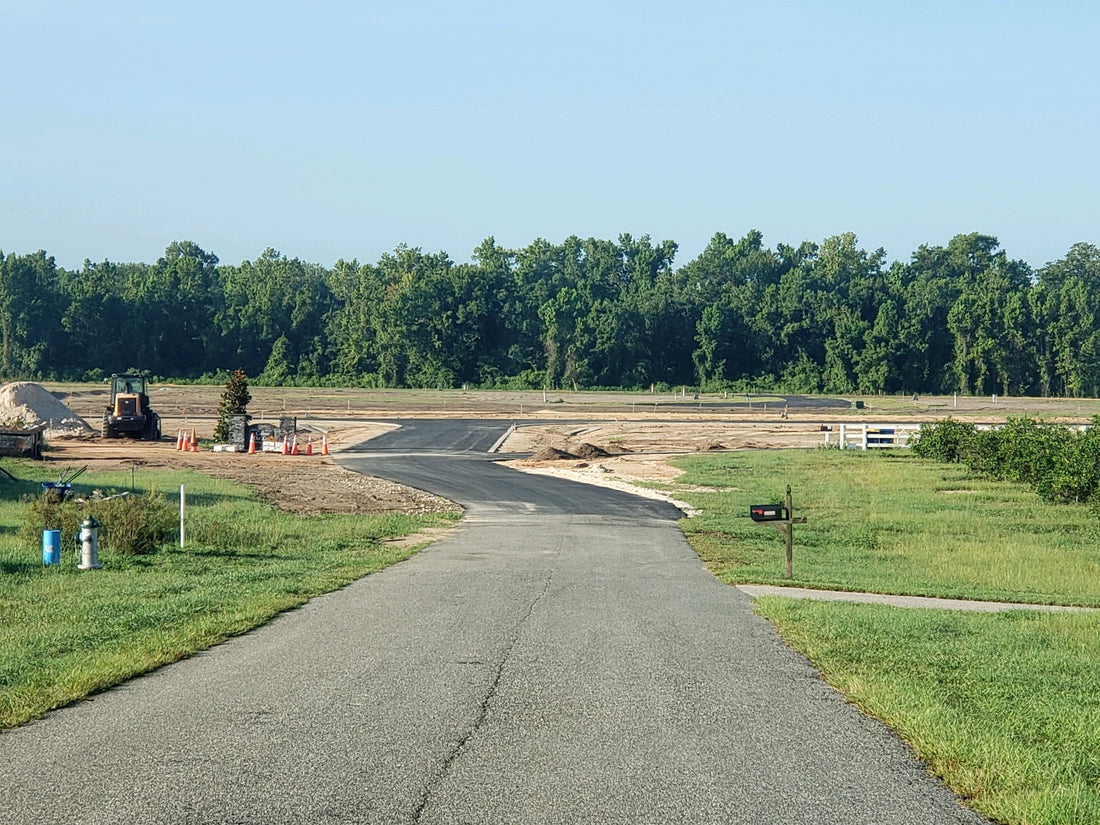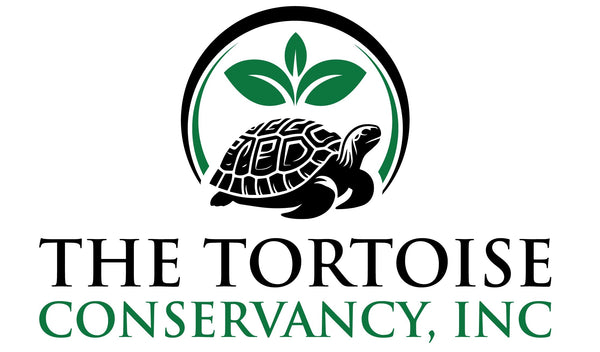
The Impact of Habitat Destruction on Gopher Tortoise Populations
Share
The Impact of Habitat Destruction on Gopher Tortoise Populations |
Habitat destruction is one of the primary threats to gopher tortoises. Urban development, agriculture, and mining activities have significantly reduced the availability of suitable habitats for these reptiles. Fragmented habitats limit their ability to find food, mates, and safe burrowing sites, leading to decreased population sizes and increased mortality rates.
Urban Development: Rapid urbanization has led to the loss of vast tracts of natural habitats. Construction of roads, buildings, and infrastructure disrupts the connectivity of gopher tortoise habitats, making it difficult for them to move freely and access essential resources. Road mortality is a significant issue, as tortoises crossing roads are often hit by vehicles.
Agriculture and Forestry: Agricultural expansion and intensive farming practices have also contributed to habitat loss. The conversion of natural landscapes into farmland reduces the availability of native vegetation that tortoises rely on for food. Additionally, the use of heavy machinery and chemical pesticides can directly harm tortoises and degrade their habitats. Similarly, logging and forestry operations can destroy or fragment habitats, affecting tortoise populations.
Mining and Land Development: Mining activities, particularly phosphate mining in Florida, pose a significant threat to gopher tortoise habitats. The excavation and removal of soil disrupt burrows and destroy the landscape, leaving it unsuitable for tortoise habitation. Land development projects, such as golf courses and resorts, also encroach on tortoise habitats, further exacerbating the issue.
Conservation Efforts: Conservation efforts focus on protecting existing habitats, restoring degraded areas, and creating new habitats through land acquisition and management. Collaborative efforts with landowners, policymakers, and conservation organizations are crucial for creating long-term solutions. Programs that relocate tortoises from high-risk areas to protected sites have shown promise in ensuring their survival. Public education and advocacy are also important for raising awareness and support for gopher tortoise conservation.
By addressing the root causes of habitat destruction and implementing effective conservation strategies, we can help ensure the survival of gopher tortoises and the many species that depend on their habitats.
